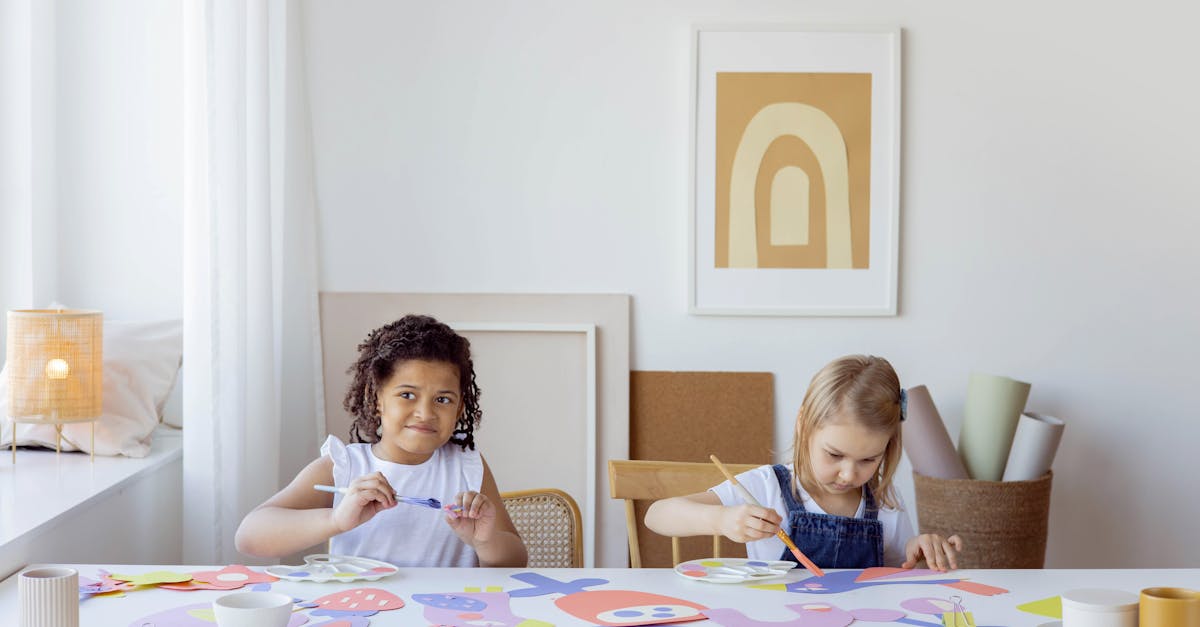Peekaboo with Pixels: Why Start Young?
Gone are the days when peekaboo was just a game of hiding behind hands. Nowadays, it’s about cleverly designed apps that respond to your child’s touch and voice. Starting young with AI doesn’t mean pushing your toddler into a coding bootcamp. It’s about integrating playful learning apps into their routine, making the foundation of tech a fun part of their growth. Earnestly, who thought we’d be competing with animated characters for our kids’ attention?

Transforming the way children interact with technology can have a significant impact on their development. By introducing them to educational apps and games at an early age, we can stimulate their curiosity and creativity while preparing them for a future that is becoming increasingly digital.
The Emotional Rollercoaster of Parenting in the Digital Age
Every parent knows the feeling of guilt that comes with the first time their child prefers a tablet over a park visit. But here’s the twist, navigating parenting in the digital age is as much about us as it is about them. Embracing AI and tech doesn’t mean letting go of traditional values. It’s about adapting and finding the balance. It’s perfectly normal to feel overwhelmed, but remember, our ancestors probably felt the same way about the first family radio.

Games that Teach: Finding the Right Edutech Tools
Not all screen time is created equal. Introducing your child to AI through educational games that teach problem-solving and creativity is key. For instance, imagine a game that turns math into a quest to save a digital kingdom. These tools aren’t just ‘time-killers’ but gateways to logical thinking and learning. Picture your child, tablet in hand, solving puzzles that secretly teach them coding basics. Stealth learning at its finest.

The Art of Balancing Screen Time
Balancing screen time is an art form. It’s about setting boundaries without stifling curiosity. For example, creating a tech-free zone during meal times can encourage more family interaction. Or, setting a tech curfew to ensure devices don’t interfere with sleep. Remember, it’s not about limiting exposure; it’s about creating a healthy routine that includes technology as a tool for learning and development, not just entertainment.

Fostering Creativity and Critical Thinking with AIAI
AIAI doesn’t just teach kids about technology; it unlocks the door to creativity and critical thinking. With apps that encourage them to create stories or design their own games, kids are not just consuming content; they’re becoming creators.
Imagine your child designing a simple video game that teaches math – they’re learning coding, problem-solving, and math, all while thinking it’s just playtime.

Encouraging Interaction: Beyond the Screen
The future will be interactive, and it’s crucial that our children know how to engage with technology, not just passively consume it. Encouraging activities that require problem-solving with tech, like robotics clubs or programming puzzles, prepares them for a future where tech is integrated into every aspect of life. And sometimes, stepping away from the screen to apply these problem-solving skills in the real world can provide invaluable lessons in creativity and innovation.

